The 5 Most Important Honda Civics Ever

As you may have noticed, there’s great excitement within the automotive community about the release of the latest generation of Honda Civic. Editor Matt Robinson has just come back from testing the latest Civic Sport Plus and believes it has set strong foundations for the next Type R. With the 2017 Civic getting off to a flying start then, we decided to take a look back at the previous generations of the popular Honda that have paved the way for the new car’s potential road to stardom.
First Generation (1972-1979)
Following on from the Honda N600 kei car, the first Civic was released in 1972 sporting a transverse engine to maximise interior space. It quickly gained respect for its reliability, fuel economy and good value, leading to Honda reconsidering its proposal to end all car production to concentrate on its ludicrously-popular motorbikes. The component that made the Civic so popular was Honda’s advanced CVCC engine that produced remarkable fuel economy when petrol prices were soaring.
This engine worked using an auxiliary inlet valve to provide a rich air/fuel mixture near the spark plug. With the rest of the mixture staying lean in the cylinder, combustion could be much more efficient and cleaner. This method meant that the Civic could pass emissions tests without a catalytic converter, saving costs on the overall package. Using a 1.2-litre four-cylinder powertrain, the Civic quickly became a hit and allowed Honda to extend the platform in 1976, creating the Civic-based Accord.
Today, the first-gen Civic looks cooler than ever, and with a few subtle mods (or balls out, drastic changes) can be transformed into one of the coolest cars around. A bit like this one…
Third Generation Si
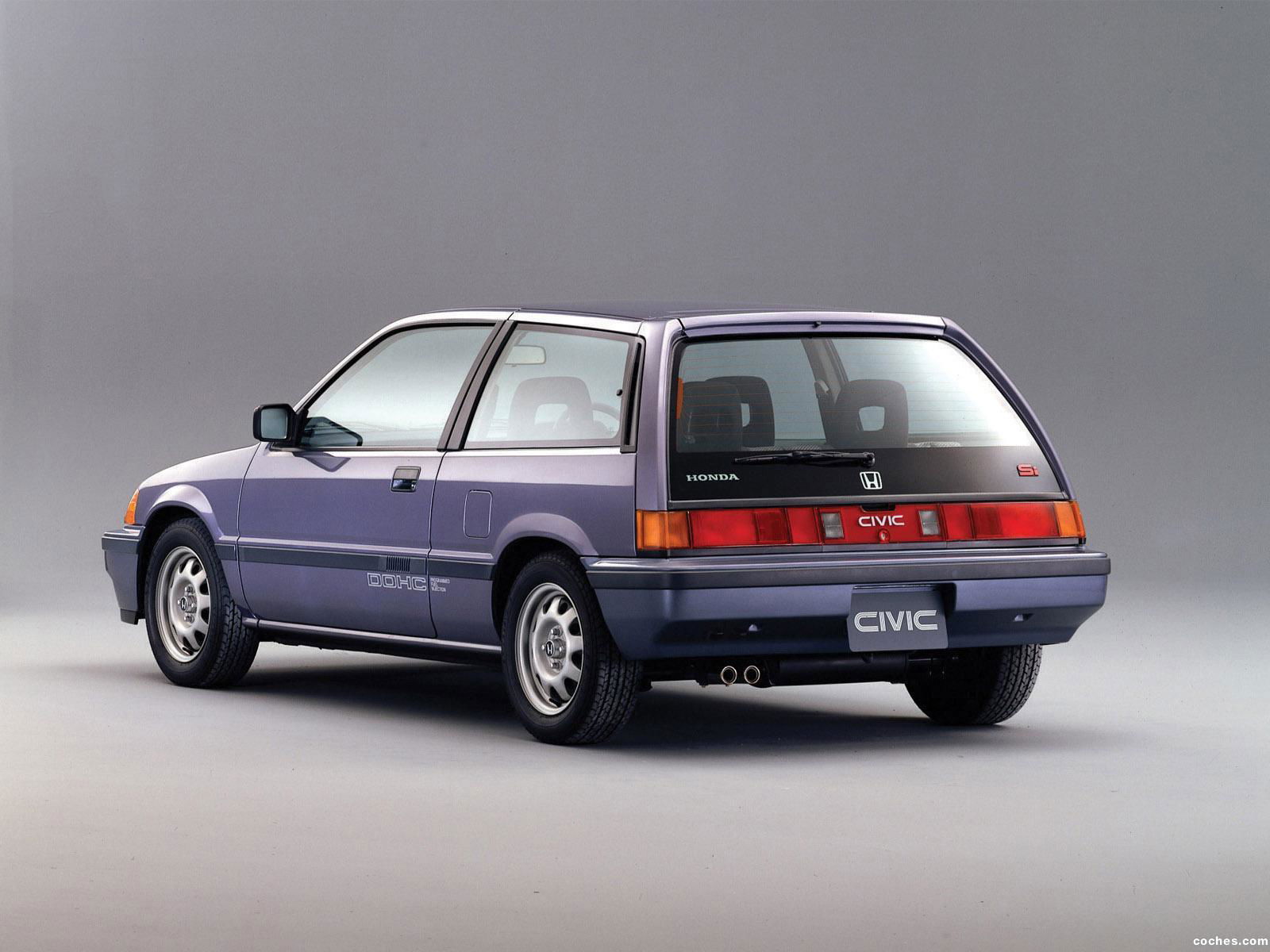
The introduction of the Civic Si during the 1980s showed that Honda was looking towards the Civic chassis as a possible entry into the hot hatch market. Released in 1984, the Si brought with it a 1.6-litre DOHC engine outputting 116bhp for the Japanese market and could be spotted by its bonnet bulge that was needed to house the upgraded engine. Initially using a single carburettor, the Si soon turned to fuel injection, sharing the powertrain with the CRX Si (effectively a two-seater Civic).
The most powerful Si was tuned to 120bhp and could hit 60mph in 8.9 seconds with a top speed of 122mph. Considering most other hatchbacks of that period barely had 100bhp, the Civic Si quickly became a popular choice for those with performance-orientated minds.
EK9 Civic Type R (1997-2000)
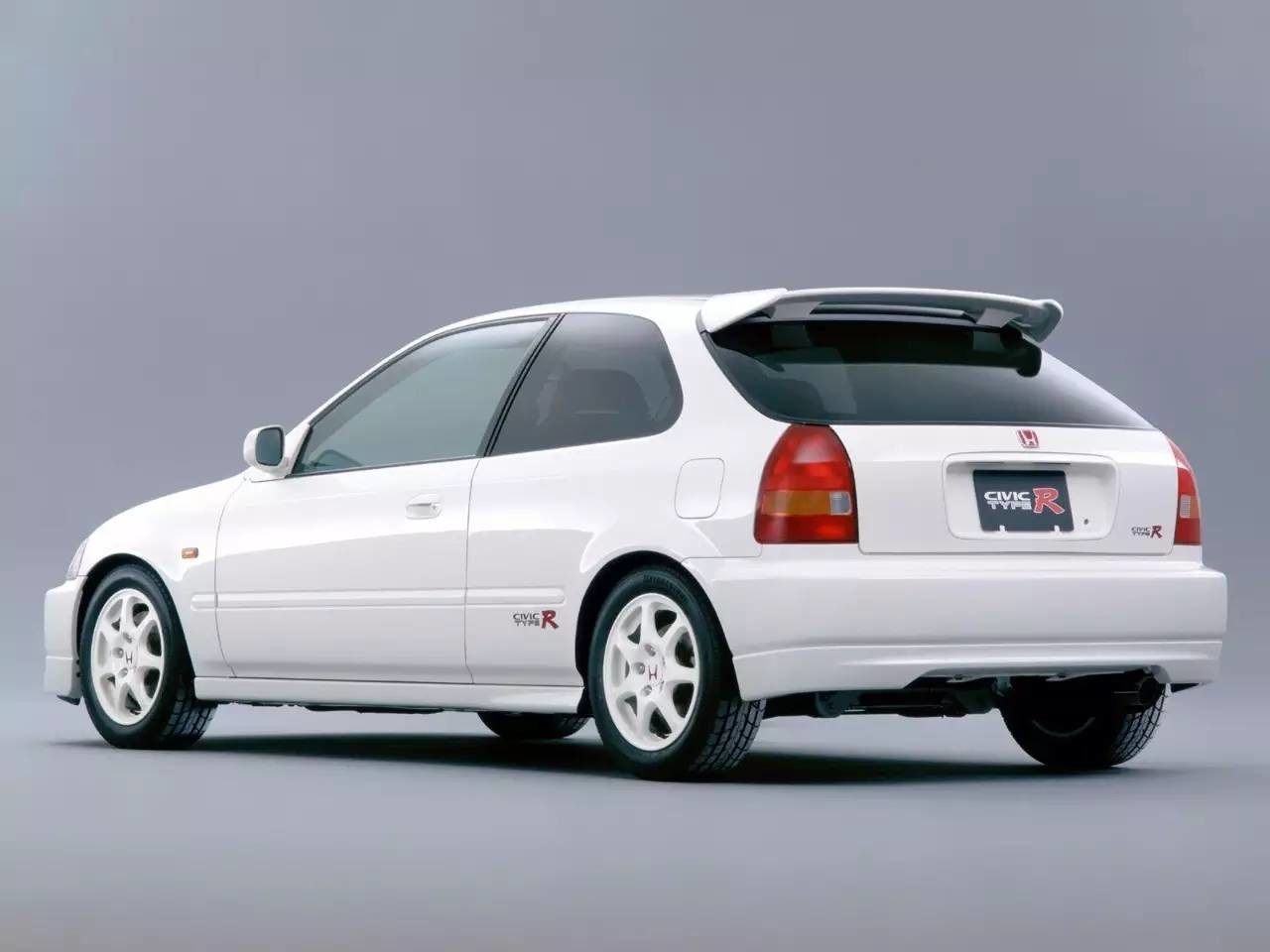
Starting with the EK4 SiR, Honda decided to tinker with the car until it met the company’s own standards for a performance hatch. After some fettling, the EK chassis acquired the Type R badge in 1997 and was known as the EK9 (video review coming soon!). Continuing Honda’s talent for producing innovative engines, the powerplant of the EK9 had one of the highest specific outputs of the time by conjuring 180bhp from just 1.6 litres of displacement.
Sharing many components with the DC2 Integra Type R, the EK9 utilised its minimal 1090kg kerb weight to become one of the all-time great hot hatches. With V-TEC kicking in at 6000rpm, the original Civic Type R provided the perfect performance platform for JDM lovers of the late 90s.
FN2 Mugen Type R
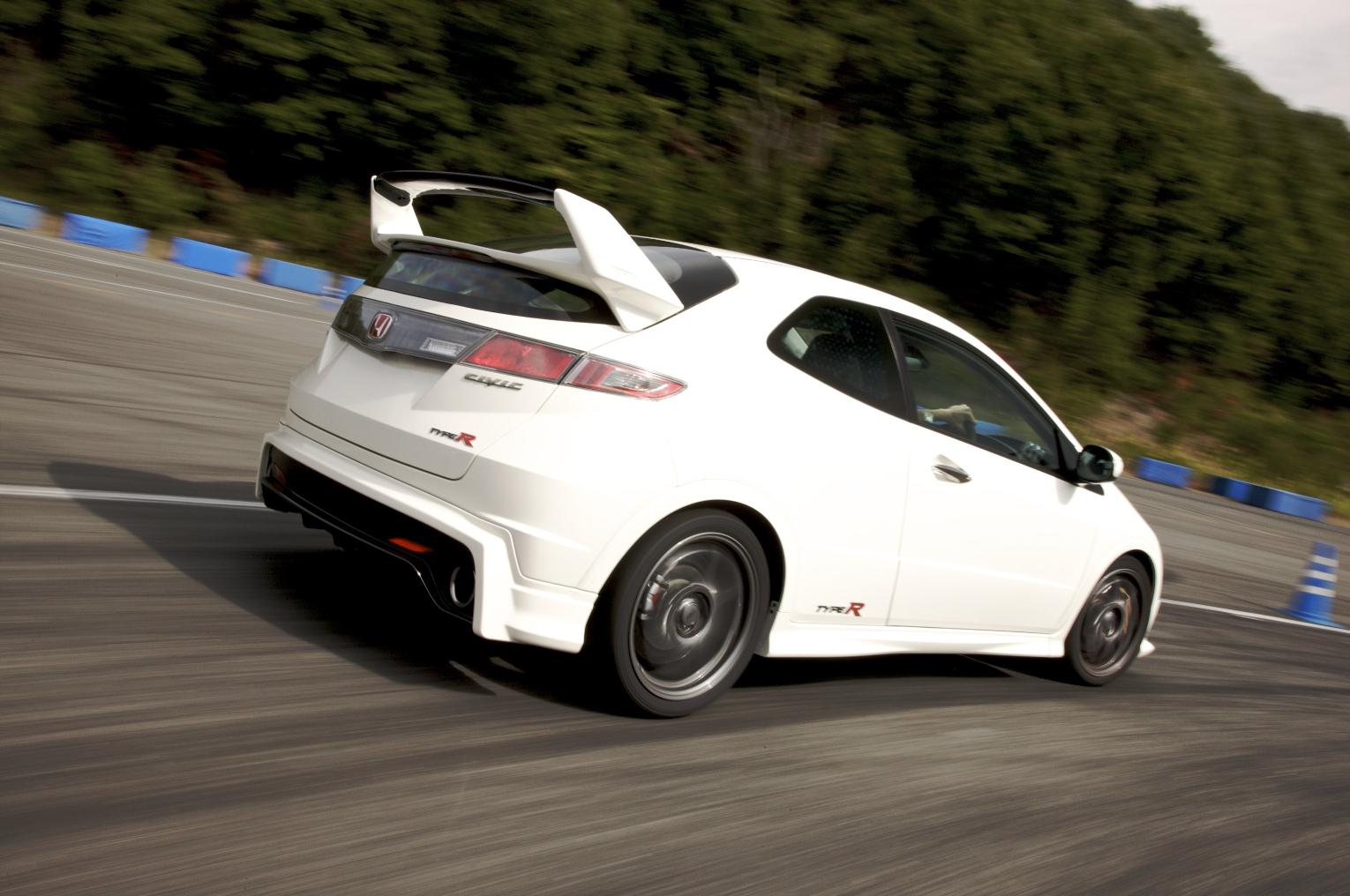
After lacklustre reviews of the third generation of the Type R, the relatively heavy and cumbersome FN2 was given a new lease of life through Mugen – Honda’s hardcore tuning partner. The European-spec Civic Type R was festooned with a new front splitter, an obnoxious rear wing, bonnet cut-outs and flared wheel arches which made for a muscular track toy.
Built to take on the likes of the Renaultsport Megane R26.R and Mk2 Focus RS, the Mugen saw weight savings of 100kg over the standard car by replacing many of the body panels with composite materials. Power was increased to 237bhp (20 per cent higher than the standard Type R) through a new camshaft, valve springs, different pistons, a larger throttle body and an overall remap. Suspension was also stiffened and the car sat 10mm lower, so the Mugen was potentially the car that the FN2 should have always been.
FK2 Type R

After the relative disappointment of the FN2, Honda brought the Type R name back to its rightful position through the latest version of the hot hatch. Bringing turbocharging to a car that had been a stalwart of natural aspiration since its birth, the 306bhp power output from the 2.0-litre engine brought the FK2 on a par with the Focus RS and Golf R as a performance package. Sticking with front-wheel drive, Honda used the combination of a mechanical limited-slip differential and torque-steer-killing ‘dual axis strut’ front suspension to tame the powertrain, making for one of the most capable hyper hatches on the market.
Along with technological advances like a hardcore +R mode to turn the Type R into a crazily-stiff track weapon, the FK2 has also proven itself as a promising GT car. CT Editor Matt Robinson took a long-termer Type R all over Europe where it soaked up the miles with ease. Although the styling may be a bit loud for some, the latest Type R has fought hard for its place in the performance hatchback marketplace, providing the perfect platform for the incoming Civic to utilise.
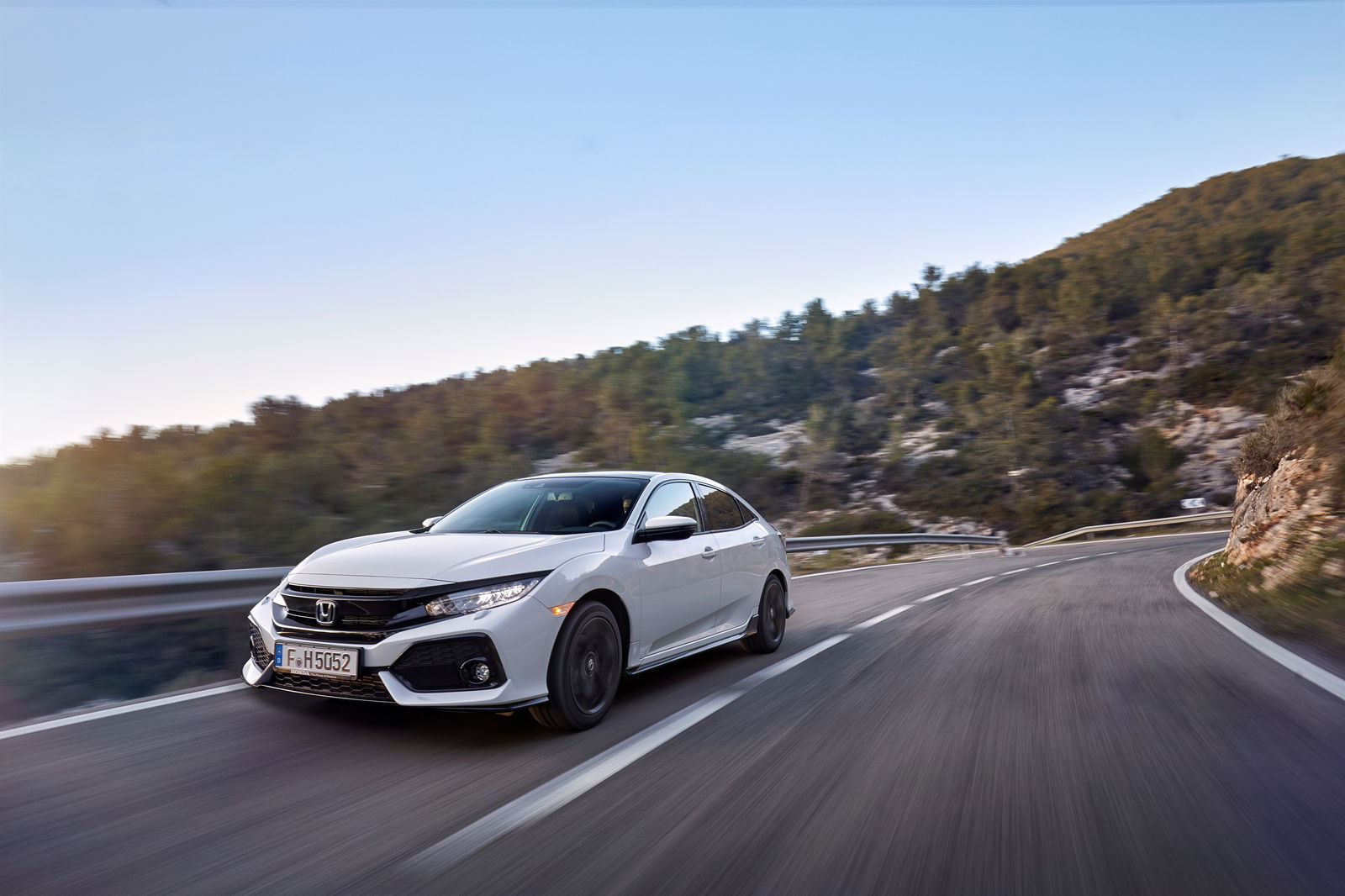
With a production run spanning 45 years, Honda has managed to imprint ‘Japan’s Golf’ into the hearts of many petrolheads over the years. Fanboys may get abuse about VTEC and the classic ‘lawnmower’ engine jokes, but the Civic has given people a cheap, reliable and economic performance car that has seen it become an integral part of the hatchback and hot hatch scene. And with the initial reviews of the latest generation being overwhelmingly positive, it seems that Honda has yet again produced another capable string to its Civic-family bow.
Are you a fan of the Honda Civic, or are other hatches like the Volkswagen Golf more your cup of tea?
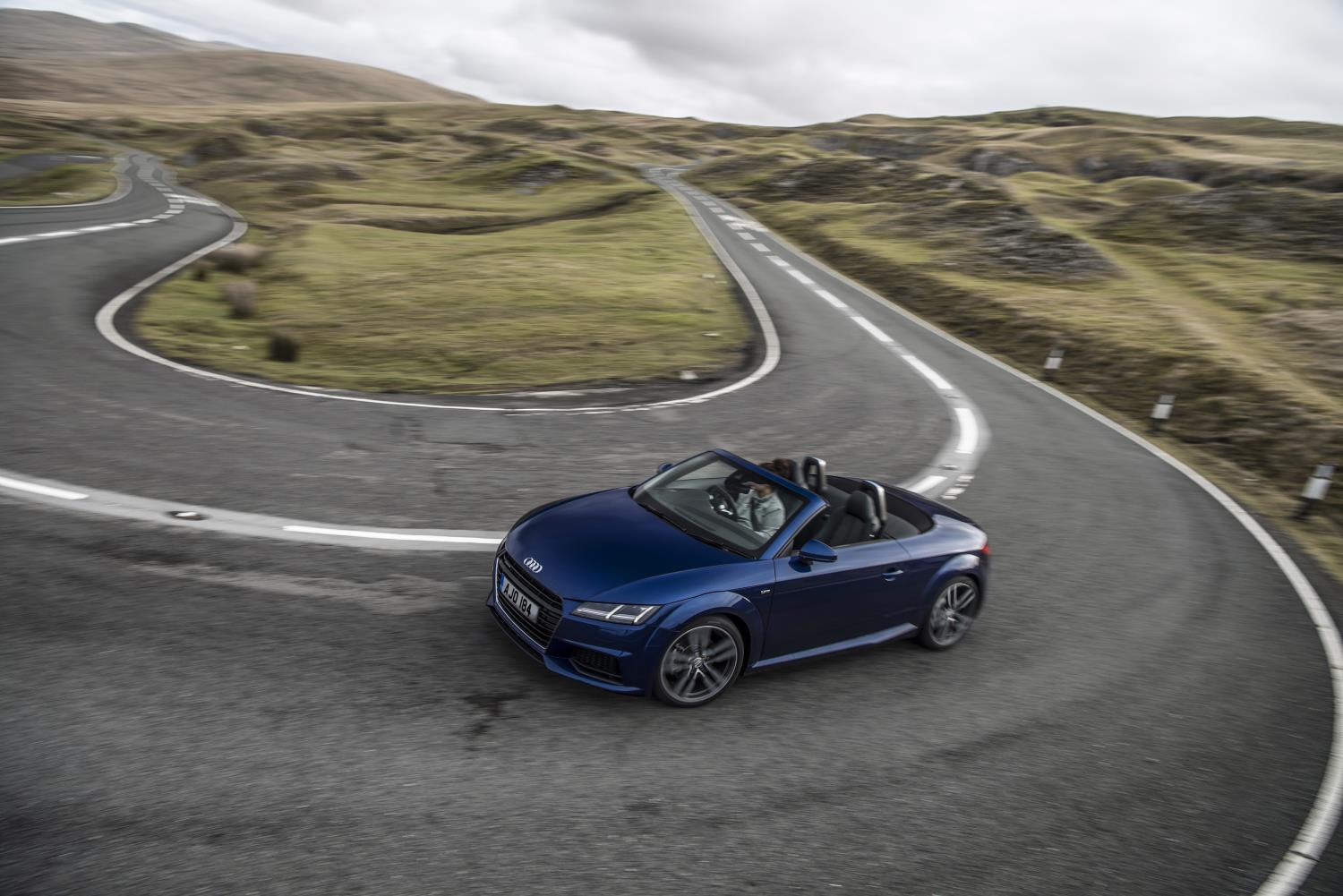












Comments
wait didn’t the DC2 have a B18C?
EDIT: and now its been edited to say the EK9 has a B18 even though the EK has the B16B the original post said
both ways they’ve edited it was still wrong. :C
EDIT x2: They’ve finally got something that makes sense.
gg ct
You forgot this one
no FD? :(
it says the EK9 has a B18 now even though it says it has a 1.6L(the correct EK9 engine being the B16B)
##LITERALLY UNREADABLE
I can see the 3rd gen si ‘s influence on this
What about the 4th gen EE8 ? It was the first time a Civic received a Vtec engine, and 150hp in 1991 was damn fast. It was playing alongside the Clio Williams, 309 GTi-16 and Golf G60.
Where’s the FD2, get rid of the mugun FN2. Was over priced and still slower round the track than Renault’s hot hatch of the time.
BerkanBaskopru(TypeRSquad)(HatchbackMafia)
And the FD2R <3
I’d pay money to see the face of a M4 driver that’s being lapped by a Type R lawnmover
Pagination